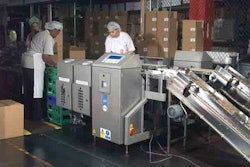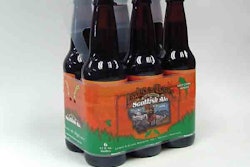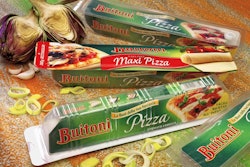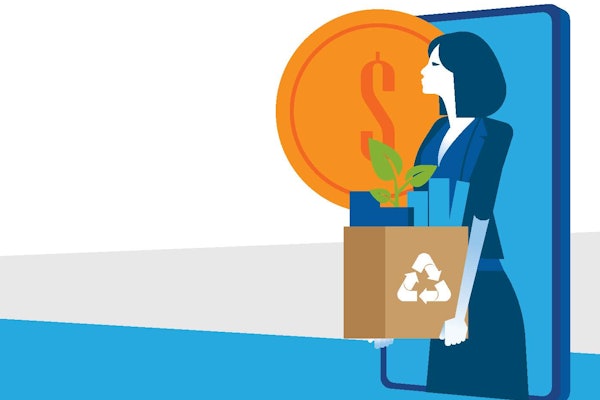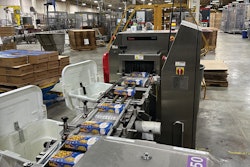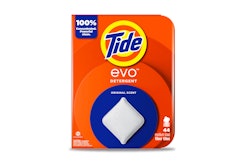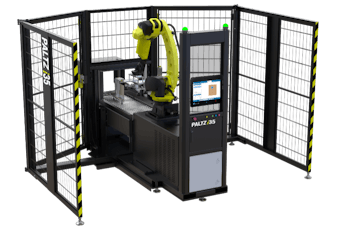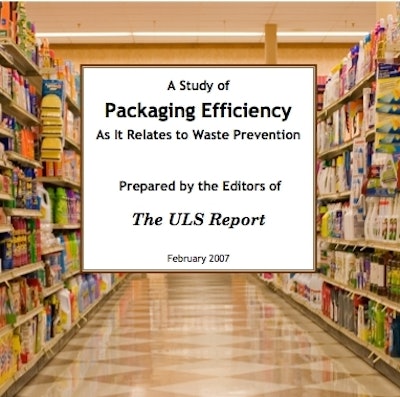
In 1995, Bob Lilienfeld of Use-Less-stuff.com published a study on packaging efficiency. That study indicated that one of the best ways to improve the environment as well as the economic efficiencies of consumer packaged goods was to practice source reduction.
Now, 12 years later and spurred by trends including waste generation, waste reduction, and sustainable 'scorecards', Lilienfeld has conducted and released a new study. The new study's development is prompted by four key trends:
1. Energy and raw material prices have increased significantly.
2. The need to reduce carbon dioxide by reducing energy consumption is becoming widely accepted.
3. Reducing the use of fossil fuels has taken on national security as well as economic, political and ecological dimensions.
4. Retailers such as Wal-Mart have turned to the concept of environmental sustainability to tap into public concerns relating to the environment and national security, and as a potential strategy to control rising energy costs and the costs of the goods they sell. Wal-Mart has even gone so far as to create “sustainability scorecards” for its suppliers’ packaging, and has stated that it will use this information to make buying decisions.
Methodology
The study comprised a look at 52 of the highest-volume product categories from four types: of retailers: supermarkets, mass/general merchandise, drug/health & beauty aid, and club stores. The formula used in the study to determine packaging efficiency:
Amount of packaging per equivalent unit of product – (minus) Amount diverted by recycling or use of post-consumer recycled materials (whichever is greater) = Amount landfilled (or Net discards).
Major observations:
A. The best way to reduce net discards is through the use of flexible packaging.
B. While not as significant a factor as source reduction, recycling can play a prominent role in reducing discards.
C. Larger sizes are significantly more efficient than their smaller counterparts, regardless of material type.
D. Products to which water is added at the point of use, or removed at the point of manufacture, are significantly more efficient than similar products that are purchased in liquid or moist form.
E. While there may be value in the use of materials made from renewable resources, it is not apparent when examining packaging from an efficiency standpoint.
F. The rise of single-serve items, especially for snack foods, has the potential to increase waste.
Some major conclusions
1. Reducing packaging weight continues to offer significant opportunities to minimize net discards, regardless of the materials.
2. Product-to-package weight ratio is an excellent indicator to using when making topline decisions about packaging efficiencies.
3. As in 1995, consumer goods marketers should be encouraged to develop and aggressively promote flexible packaging, concentrates and refills, dry mixes, and larger sizes for appropriate applications.
The entire 56-page study is available in PDF format at Use-less-stuff.com.
